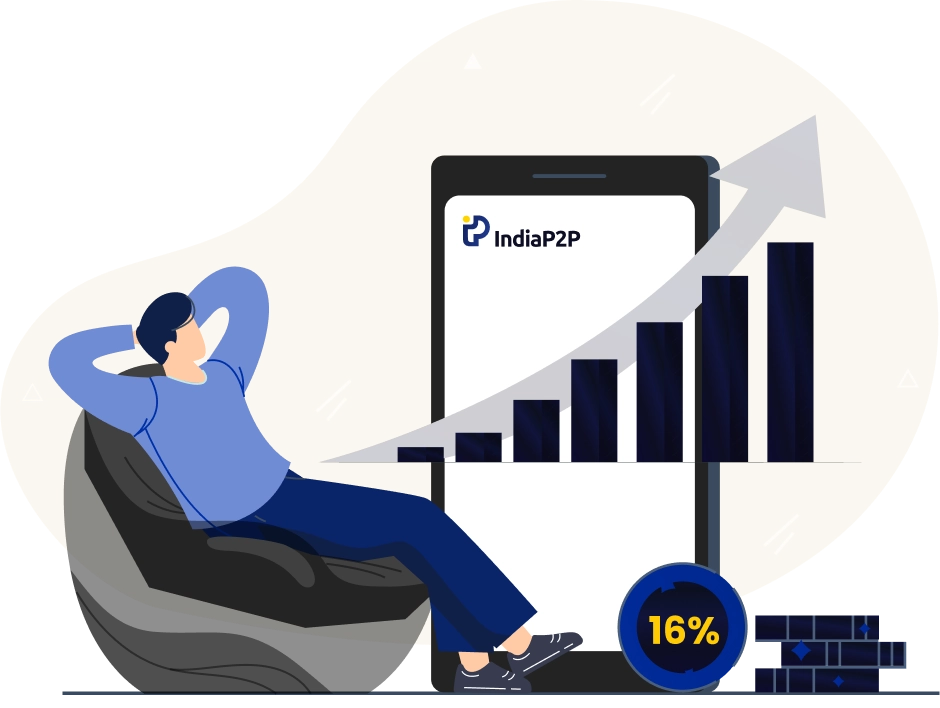Active Income vs. Passive Income: Understanding the Difference!

In the realm of personal finance, understanding the difference between active income and passive income is crucial. Both types of income play distinct roles in shaping one's financial goals, and understanding their differences can guide individuals in making informed decisions about wealth building strategies.
In this article, we have covered everything from what is active income, what is passive income, difference between the two and how you can balance it for financial stability.
What is Active Income?
Active income is money earned through direct effort and time spent on a job or a specific task. It is the income you actively work for, often in the form of a salary or wages.
Some good examples of active income are:
⦿ Salary: The most common form of active income is a salary earned through employment. You exchange your time and skills for a predetermined amount of money.
⦿ Hourly Wages: Jobs that pay hourly wages, such as freelance work or parttime employment, also fall under active income. You get compensated based on the hours you work.
⦿ Commission Based Jobs: Sales roles or jobs with commission structures are another example. Your income is directly tied to the sales or services you generate.
⦿ Self Employment Income: If you run your own business or work as a freelancer, the income you generate is considered active. It requires ongoing effort to maintain and grow your business.
⦿ Daily/Frequent stock trading: Another good example of active income is earning through stock trading. Day trading is a strategy where investors buy and sell stocks the same day to make an income.
What is Passive Income?
Passive income is money earned with minimal effort or ongoing involvement. It is income generated from assets or ventures that continue to produce returns without constant, active participation.
Some good examples of passive income are:
⦿ Dividend Stocks: Investing in dividend paying stocks allows you to earn a share of the company's profits. This income is considered passive as it requires minimal ongoing effort after the initial investment.
⦿ Real Estate Rental Income: Owning and renting out real estate properties generates passive income. Once the property is set up, rental income flows in with relatively little daytoday involvement.
⦿ Royalties: Authors, musicians, and artists earn royalties from the ongoing use of their intellectual property, such as books, music, or artwork. This income is considered passive.
⦿ Affiliate Marketing: Building an affiliate marketing business involves promoting products or services and earning a commission on sales. Once the initial setup is done, it can become a source of passive income.
⦿ P2P Lending: Peertopeer lending platforms allow individuals to earn interest on funds lent to others. While there's some initial effort in selecting loans, the ongoing income is relatively passive.
⦿ Automated Businesses: Automated online businesses, such as dropshipping or certain types of ecommerce, can generate passive income. Once systems are set up, they can run with minimal daytoday involvement.
Choosing the right Balance Between Active and Passive Income
Now that you have understood the difference between active and passive income, let’s understand how you can balance these sources to ensure financial stability. Understanding the dynamics of both active and passive income is essential for financial success. Striking a balance between the two can provide financial stability, allowing for active income to cover immediate expenses while passive income works towards long term wealth accumulation.
While active income provides the immediate cash flow needed for daily living, passive income offers the potential for financial freedom by creating streams of money that continue to flow, requiring less daytoday attention.
A diversified approach that combines both active and passive income sources can contribute to a robust and sustainable financial portfolio.






